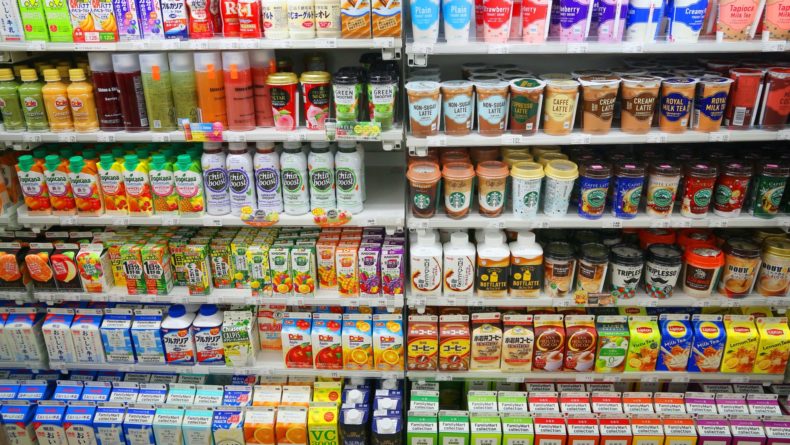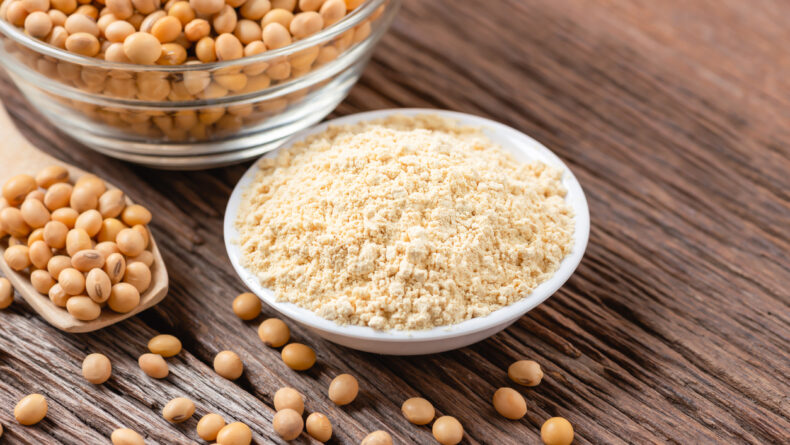5 Rules For Eating Healthy In Japan
Eating Smart And Enjoying Your Meals Aren't Mutually Exclusive
Japanese food is viewed as being one of the healthiest in the world, and rightly so — if you can stick to a traditional diet and avoid making a few major mistakes!
When I recently witnessed a close friend of mine’s father being diagnosed with Type-2 diabetes, suddenly founding himself making major dietary changes, I came to realize two things about the Japanese cuisine — one, not every Japanese food is healthy, and two, it’s in fact hard to eat healthy in Japan if you’re counting the calories.
Think about it: The average serving of tempura can come in at anywhere from 200-700 calories; katsudon (fried pork cutlet on rice) starts at about 900 kcal for a small portion, while ramen can come in at anywhere from 500-800 kcal depending on the soup base and size. Sushi, perhaps the healthiest sounding of all, averages out at roughly 75 kcal per piece, depending on topping, (which could explain why most Japanese celebrities’ Insta feeds are full of only only sushi piece), while yakitori, grilled chicken, fluctuates from 24 kcal per skewer (for nankotsu or cartilage) to 165 kcal for kawa (chicken skin) skewers, and further depends on whether you order your yakitori prepared with salt or tare (sauce). So, basically, if you want to go out and enjoy a meal, you’re going to end up taking in way more calories than you should. Yet, Japan’s eating out market is so widely accessible — and so common.
Triggered by the recent discovery, I spoke with a few medical experts and a couple of chefs to get some professional insight into eating smart in Japan. And here is what I found out: if you want to still enjoy food and stay healthy at the same time, there are five main rules you should follow when it comes to dining in Japan.
1. Follow the “hara-hachibu” principle
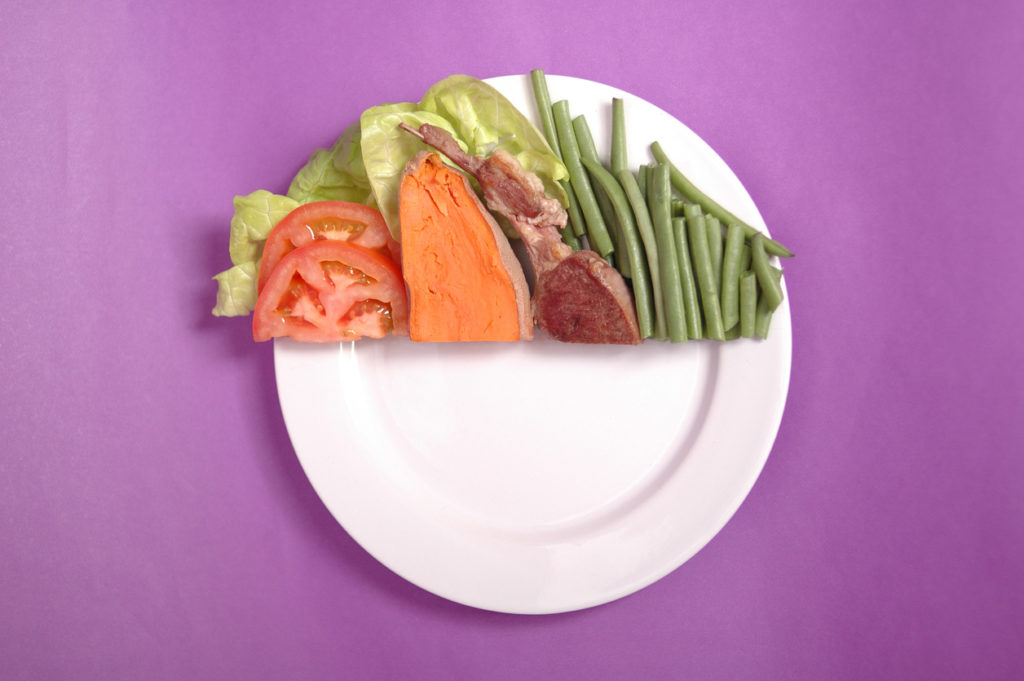
Eat until you’re 80 — not 100 — percent full is key to a healthy diet.
Most of us were taught as kids to clean our large plates and make sure there are no leftovers. In other words, full or not, eat everything that’s been served. But what if it’s actually better to put your forks down before taking that last bite — or have a smaller portion and try to get satisfied with it?
When first looking at meals in a Japanese restaurant, one of the first comments people make is that “it looked bigger in the photo.” Japanese portion sizes are much smaller than those served overseas – and this is a good thing. The Japanese have a saying that you should eat hara hachibu (or hara hachibun-me) — eat until you’re 80 percent full. The amount of food on your plate shouldn’t be intimidating; it should allow you to enjoy the flavor of the food without having to unbutton your jeans afterwards. Following this principle is enough to keep you going and won’t leave you feeling uncomfortable afterwards. Before you take that last bite, think about it — will it make you full? If you’re comfortable without it, then drop it.
2. Avoid ready-made dishes

You’ll find plenty of delicious foods in Japanese supermarkets and department stores, but over-relying on them is not necessarily healthy.
So it’s nearly 9 p.m., you’re going back home from work completely exhausted and nothing on this earth can make you frown more than the idea of spending another 30 minutes cooking. So you head to the deli section of your local Japanese supermarket and smile at the tons of ready foods, discounted at nearly half price at that time of the day.
Ok, stop right there! These foods, for the most part, are the equivalent of fast food, and if you’re stocking up on these to satisfy your hunger, you may find that you’re experiencing some nasty bloating or adding on a little weight as the months go by. These ready foods contain much more oil and preservatives that you’d think they do, so over-consumption is highly risky not only for your waist, but your health too.
Avoid shopping when hungry and refrain from picking up your dinner when the supermarket is closing — the steep discounts on food can lead to feasts of deep-fried, starchy or carb-heavy items that are definitely not going to improve your health, and might even make it worse over time. Instead, why don’t you prepare the ingredients for your dinner before leaving home in the morning — the actual cooking process will then take no more than 10 minutes.
3. Watch out for carbs, sodium and sugar-overdosed meals
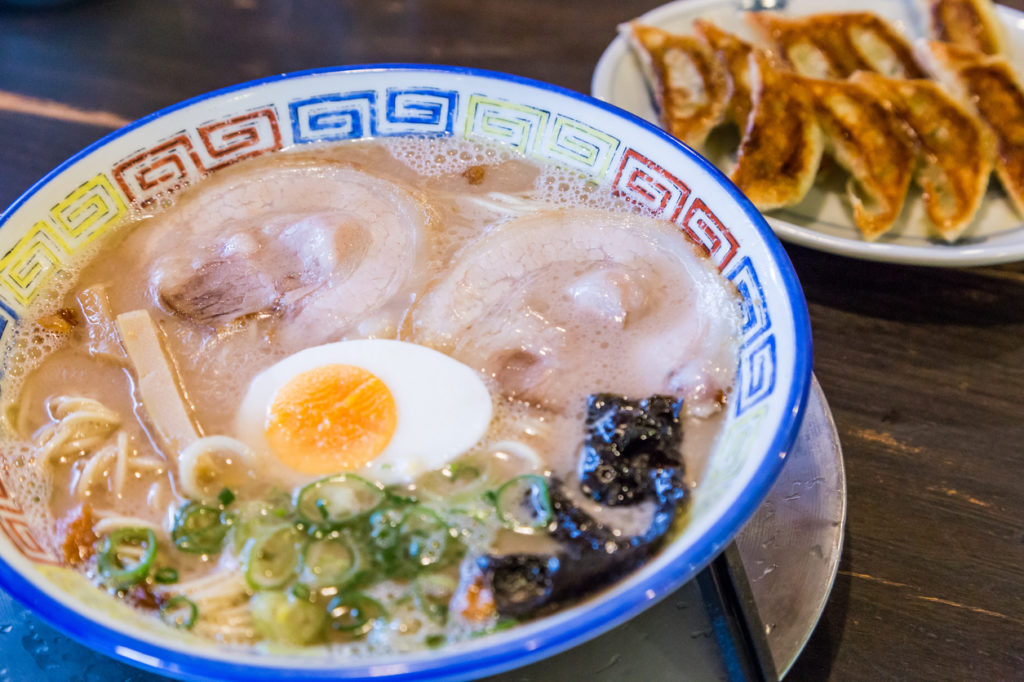
Ramen, Japan’s soul food, is full of carbs, sodium and depending on the flavor – sugar, too.
The three evils of Japanese food are carbohydrates, sodium and sugar, and while they are necessary for a healthy diet in certain amounts, it’s essential to be very careful with them.
Most Japanese meals include soy sauce (loaded with sodium), regardless of whether you can see it or not. Miso soup, the staple of many set menus in restaurants, also contains a good amount of sodium, some with nearly 1,000 mg of it packed into a single serving. If you’re relying on teishoku (set meal courses) to stay healthy, be very careful about your sodium levels, and watch your blood pressure if you have a family history of heart problems. When buying at the store, look for the following terms to help you identify sodium-reduced products: 塩分カット (enbun katto), 減塩 (genen), 塩分〇〇%カット(enbun 00 % katto).
Carbohydrates are everywhere and even soba isn’t safe as most store-bought or cheap soba shops use noodles that are made with up to 60 percent refined wheat flour instead of buckwheat. If you’re trying to avoid extra carbs in your diet, then freshly made soba noodles (which usually come in a 80 percent buckwheat, 20 percent wheat mix), or noodles made from konnyaku or shirataki, which are also high in fiber, are your best options.
Sugar is the least visible, but perhaps most nefarious of the lot. Did you know that most savory Japanese dishes contain sugar in one form or another to help balance out the flavor? I didn’t until I watched some Japanese home cooking programs — there is sugar in most sauces, stews, curries, some types of karaage (fried chicken), and even in ramen to an extent. So if you’re trying to watch your sugar intake, you will unfortunately have to sacrifice some of the authentic Japanese flavor of dishes in favor of your health.
4. Don’t trust miracle foods
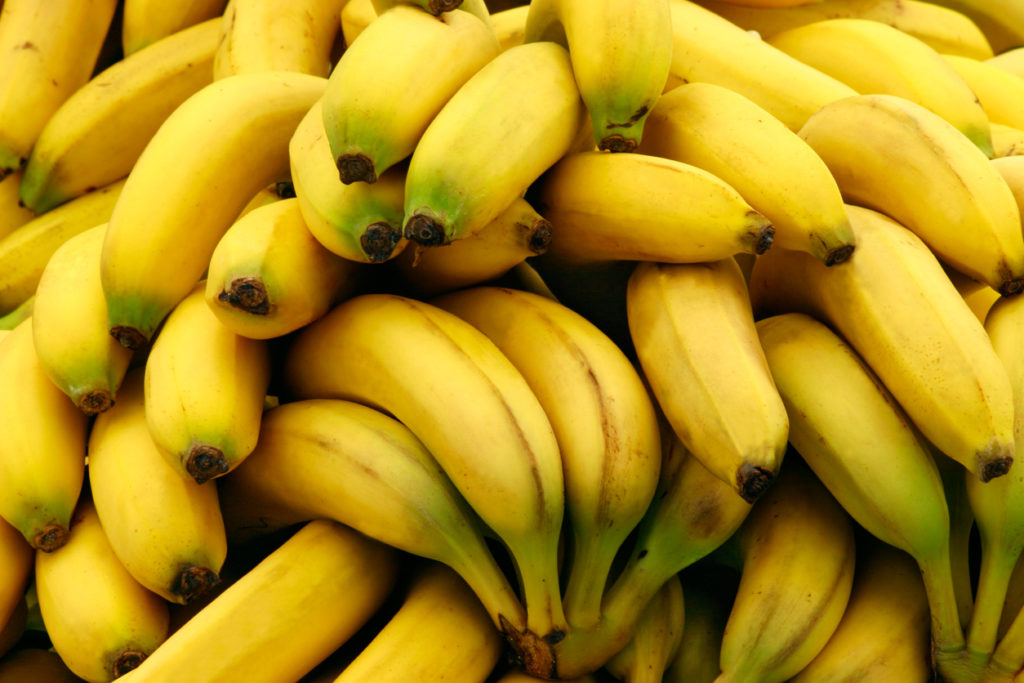
The “banana diet” from several years ago is just one example of the many diet trends in Japan.
Every once in awhile you’ll be flooded with information on how eating that one product will make your life so much better. During my time in Japan, I have lived through the banana, black garlic, natto, umeboshi (pickled plum), kimchi/yakiniku, and a host of other fad diets that all promised the same miracle results. But no specialists will advise you to go for a single food item, no matter how healthy it is. Tofu and green tea are often touted as being “miracle foods” overseas, but they are nothing more than standard parts of the traditional diet, and their effects are not nearly as miraculous from this perspective — if over-consumed or consumed at the absence of other dishes. Which leads us to rule No.5:
5. Variety is key
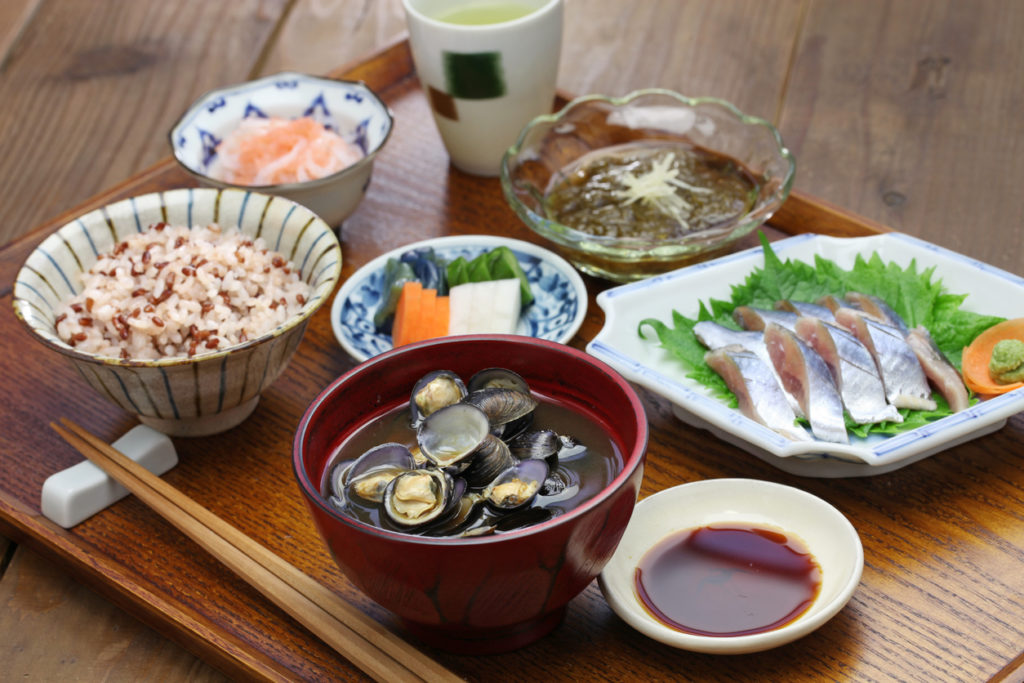
Adding variety to your meals will keep you energized and in good shape.
If you’ve had the chance to enjoy a traditional Japanese meal at a hot spring or while visiting Kyoto, you may have noticed that there were a number of small dishes filled with numerous different foods from both land and sea. A traditional Japanese meal is usually made under the ichijyu sansai principle (one soup with three vegetable dishes plus rice and fish) to assure good balance, and this, according to everyone I spoke with, is the key to a healthy Japanese diet. These small portions feature well over 15 different foods per day or even per meal, and include numerous legumes, seafood, and vegetables, with little rice, noodles or meat involved, which altogether provide all vitamins and minerals the body needs. For every meal of the day, try to include several different products in small portions.
Do you have special eating habits or diet practices that you swear by? Share with us in the comments!












